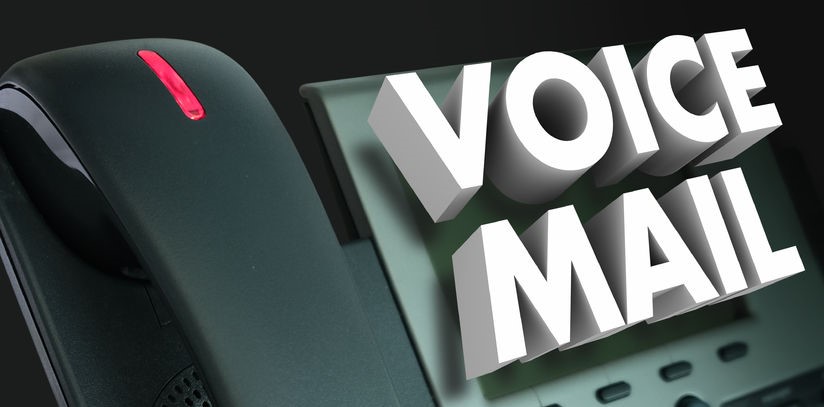When was the last time YOU returned voicemail from a salesperson trying to sell you something? How often do YOU reply to a sales email?
By Pam McDonald
If your communities are like most, you expect a higher volume of inquires in December and January. Family members have seen their elderly loved ones during the holidays and begin seriously looking for senior living options. Are you prepared to make the most of these leads?
Which should you call first? How many times should you try? Should you leave a voice message? What about email? Caring.com, the largest online resource for people considering a move to senior living and a Senior Housing Forum partner, is offering a free webinar so you can get ready for the annual surge in Internet inquiries.
The “Get Ready for the Rush: Best Practices for Converting Internet Leads” session with tips and best practices is slated for:
Thursday, December 8
11:00 AM PST
Recognizing that it can be difficult to get prospects to call you back, Katie Roper, Caring.com’s Vice President of Sales and Marketing, shares her own experience and techniques as well as that of Caring.com clients and partners below
Before the Internet
I’m going to date myself – but when I started selling, there were actually administrative assistants who answered the phones of the people who I was trying to reach. They wouldn’t let me talk to the boss, but the admin would write down my name on a pink piece of paper and leave it in the boss’s inbox. We salespeople went to training classes to learn how to “engage” these “gatekeepers” to get them to allow us to make contact with “decision makers”.
Then voicemail happened. At least now I could give the sales prospect a reason he might want to call back. Of course, when he did call, he couldn’t reach me because no one had a cell phone. But at least I could feel good that he tried. And we salespeople went to training classes to learn how to craft an effective voice mail, and we figured out it was best to call after hours when the admin had gone home and the boss would pick up his own phone line (it was usually a “him”, too).
After the Internet
Then the Internet happened. The admins all quit and became bloggers or web site designers or started companies to disrupt something or other. The bosses had to figure out how to answer their own voicemail and email messages, but pretty soon they stopped doing that, too. In fact, many people today consider it rude to leave a voice mail (see my blog post on the subject: “They Never Call Me Back! Part IV”)
I always cringe when my clients at Caring.com complain: “Your leads are no good. None of them ever call me back.” When was the last time YOU returned voicemail from a salesperson trying to sell you something? How often do YOU reply to a sales email?
We twenty-first century salespeople need to figure out how to engage our prospects given the realities of communication today.
Here’s what we see from our clients at Caring.com:
-
Phone still (sometimes) matters, but only if you get people live – so calling once or twice won’t cut it. Caring clients who call three times or more convert leads almost 50% more frequently than those who call only once.
-
Speed-to-lead matters. Caring clients who place the first call within 15 minutes convert leads 34% better than average, and those who don’t make their first call until 24 hours later are 10% less likely than average to convert the leads – ever.
-
Clients who place three calls in the first hour were 102% more likely to convert our leads to move-ins.
Email is a good sales tool, too – but a canned email with a brochure attached won’t return the results you want. Clients who personalized their emails, referring to information gathered during discovery calls by Caring’s Family Advisor team, had a 44% higher conversion rate than average.
Based on data from its own call center and also from what they’ve learned from their partners, Caring.com will present best practices for converting Internet leads during its webinar. Click the button below to register:
For more information about Caring.com, call (800) 973-1540 or visit their website at
Download a PDF copy of this article by clicking the button below:











